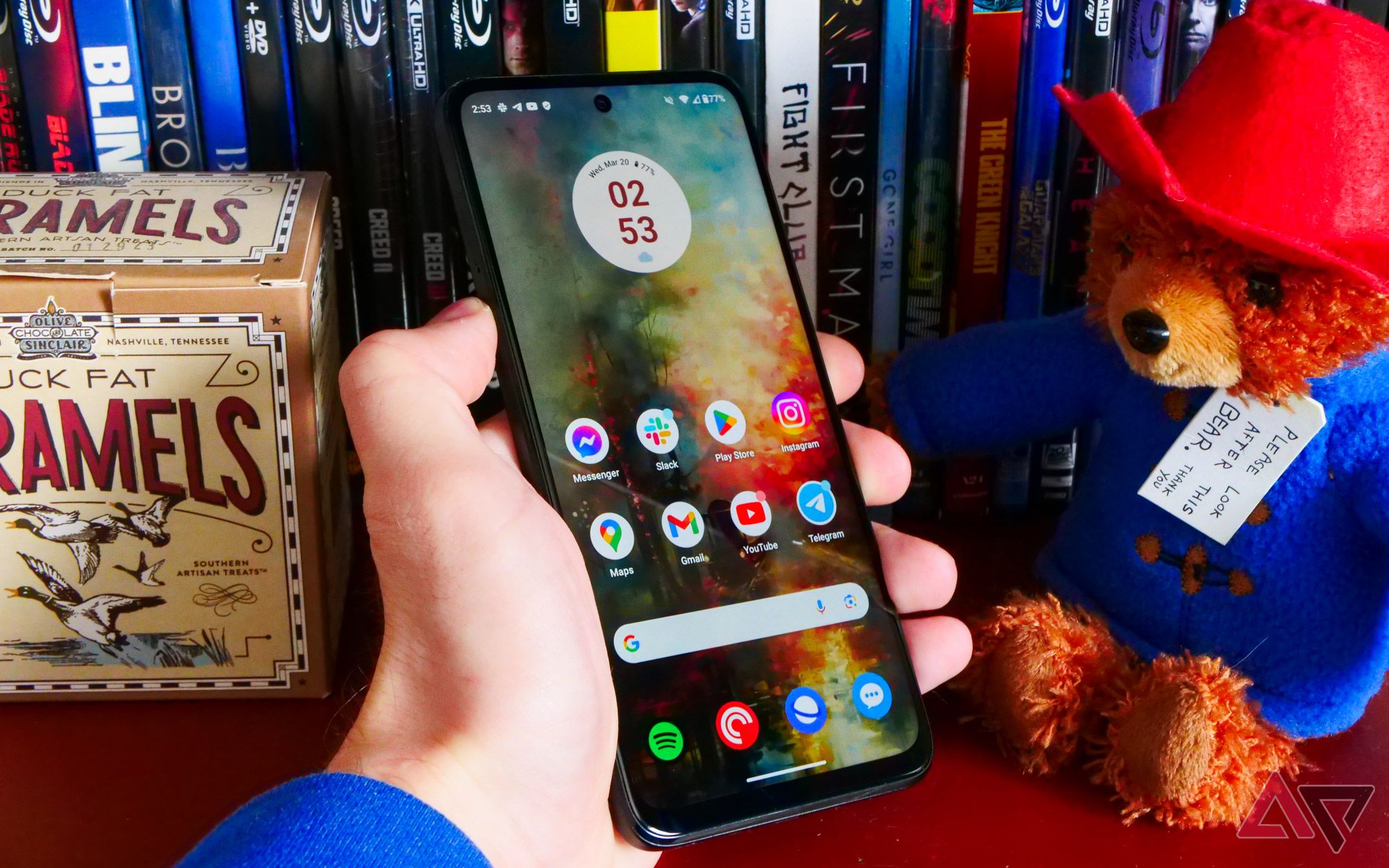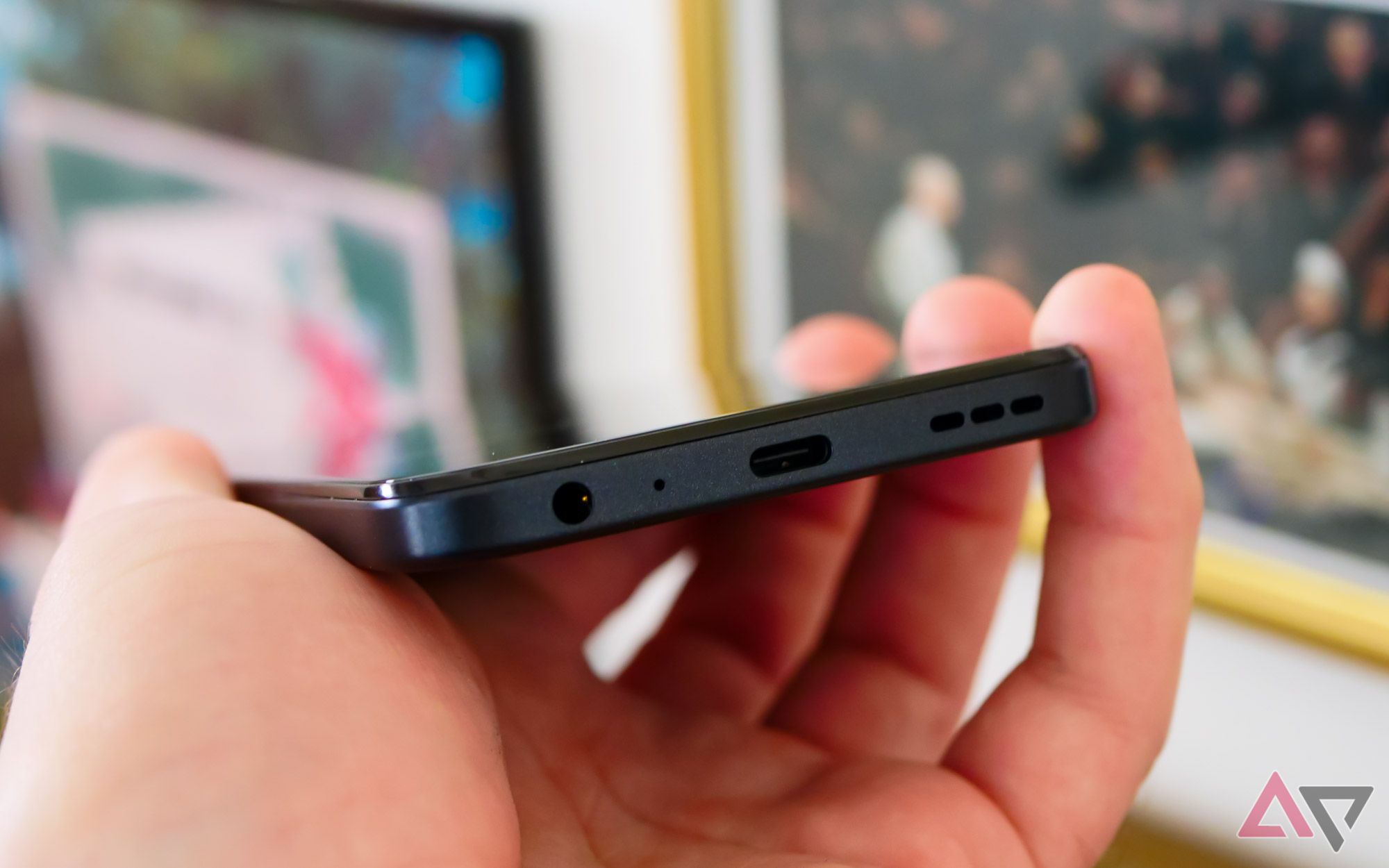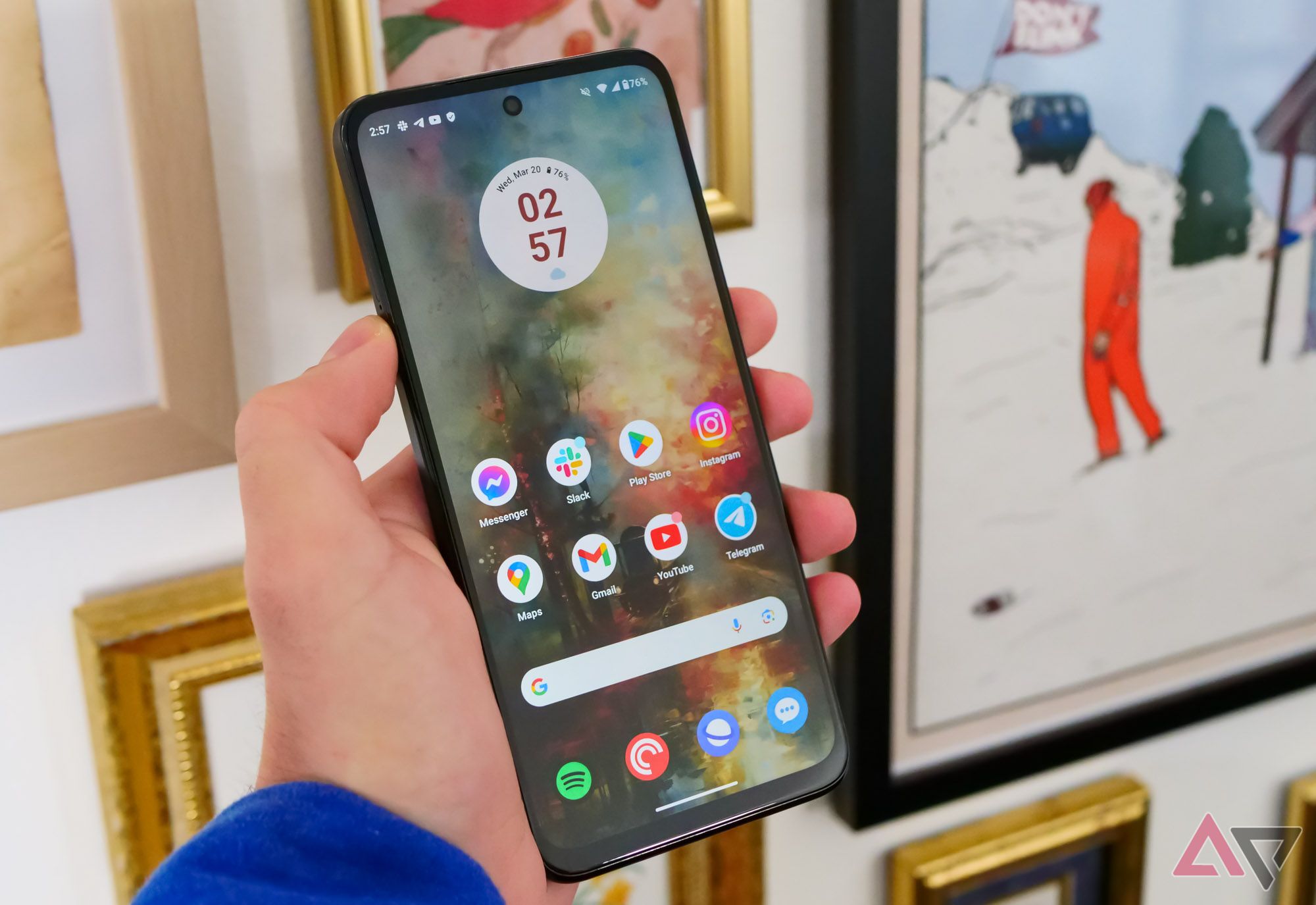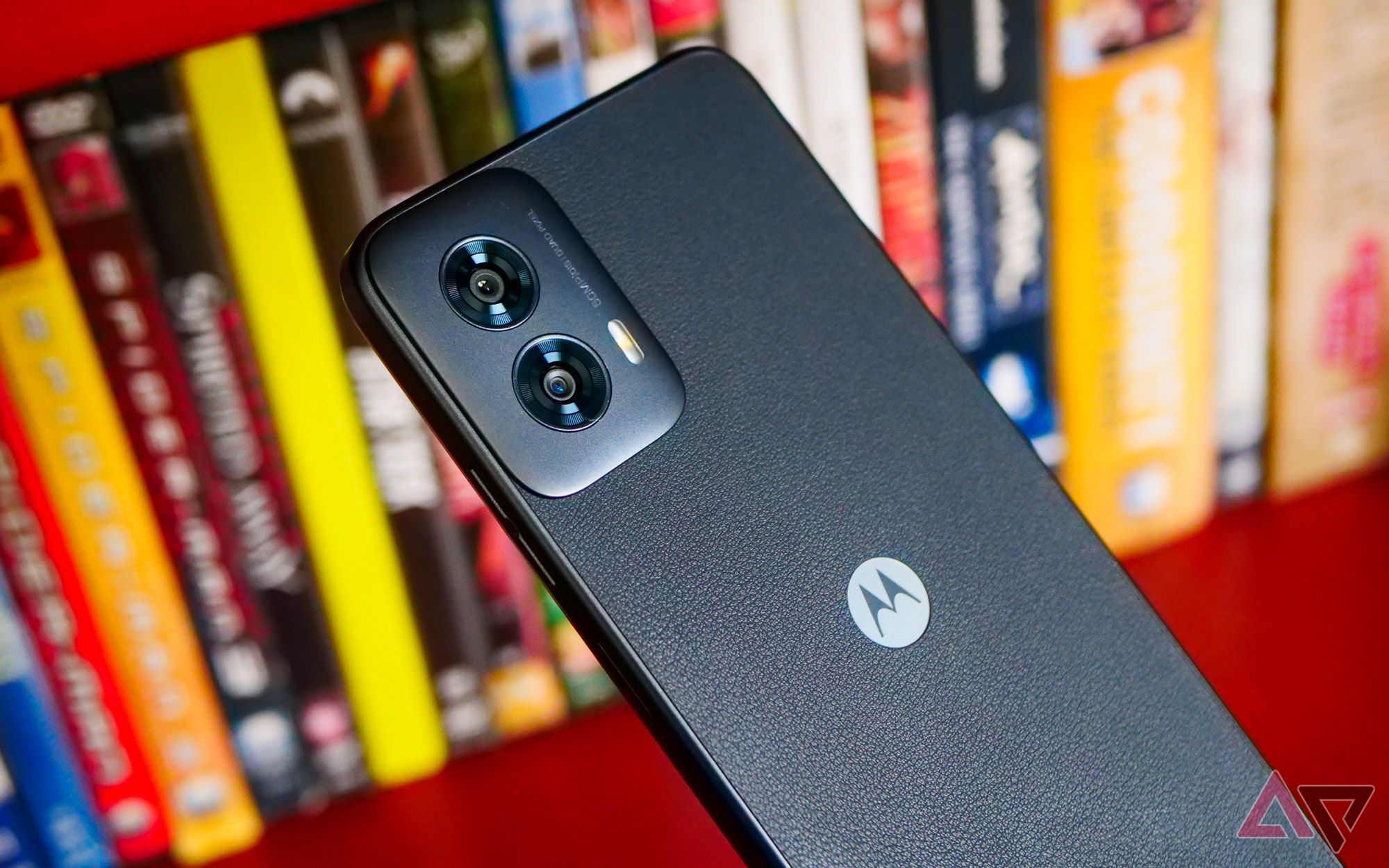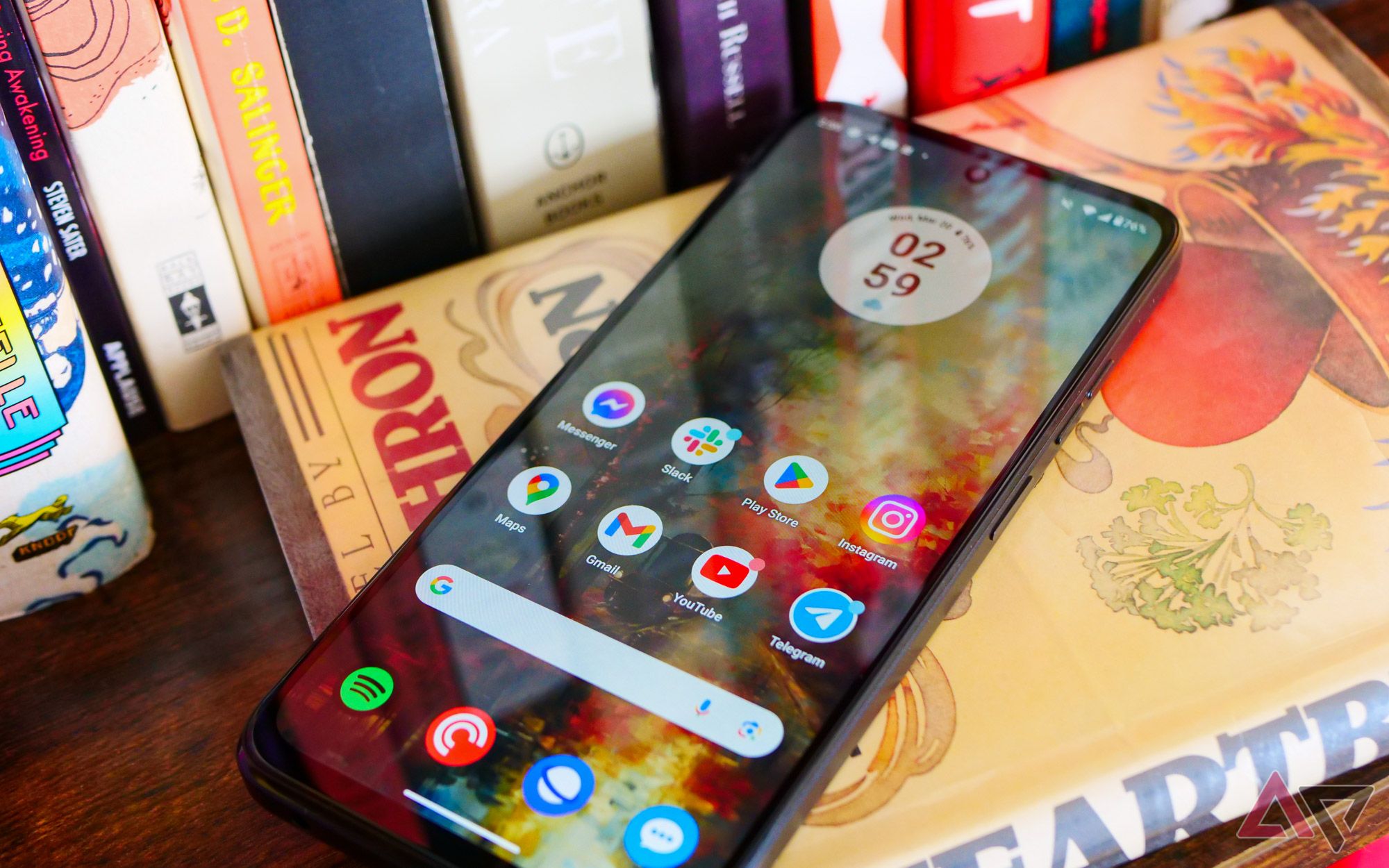We are absolutely inundated with budget Android offerings these days — perhaps even more so than their more expensive flagship counterparts. No one company has led the charge more on this front than Motorola. It’s easy to forget how bad low-end Android phones were in the 2010s, but the earliest entries in the Moto G-series helped change that stigma. These were devices you weren’t scared to recommend to friends and family on a budget, even if they came with their fair share of caveats.
But times change, and with stiff competition from Samsung, Google, and OnePlus, making an entry-level Android smartphone is a tougher challenge than before. Motorola’s already launched a couple of G-series devices this year, but the Moto G Power 5G (2024) stands as the most powerful yet. For $300, can this device sway buyers away from the Galaxy A25 or Galaxy A35? Or has Motorola lost the plot on a market segment it helped create in the first place?
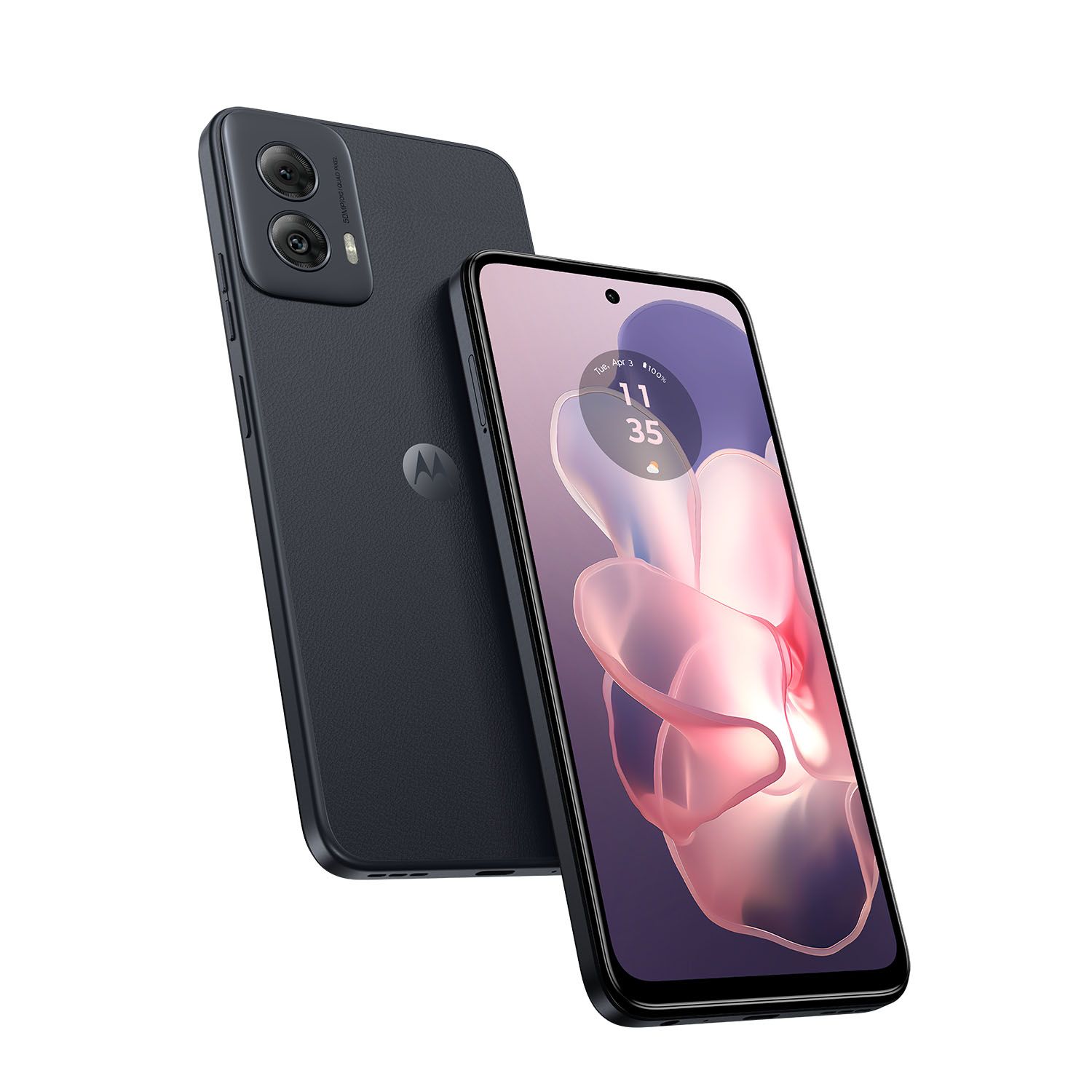
Moto G Power 5G (2024)
Motorola may be a budget smartphone pioneer, but it’s starting to struggle compared to the competition. While the Moto G Power (2024) has some good things going for it, it’s not enough to make up for the poor display, mediocre performance, and the sheer amount of ads scattered through the OS.
- Big, long-lasting battery
- Old-school Android features like 3.5mm jack and microSD card slot
- Unique faux leather design
- This screen’s viewing angles are atrocious
- Software is filled with ads
- One OS upgrade policy is no longer acceptable
- Camera is predictably bad
Price, availability, and specs
The Moto G Power 5G (2024) will be available on March 22th, 2024 from Cricket for an affordable $300. A short week later, it will also be available unlocked at Best Buy, Amazon, and Motorola’s own website. It’s also coming to carriers like T-Mobile, AT&T, and Verizon in the coming weeks. It’s available in Midnight Blue (reviewed) and Pale Lilac.
Specifications
- SoC
- MediaTek Dimensity 7020
What’s good about the Moto G Power 5G (2024)?
A unique design and some surprisingly good speakers
At first glance, this year’s Moto G Power looks indistinguishable from most other budget Android phones. It’s got a massive 6.7-inch display surrounded by relatively minimal bezels, though the chin does extend further than most flagship connoisseurs would prefer. Flip it over, though, and you’re greeted by a faux leather back and a minimal camera bump. I mostly like how grippy this texture feels in your hand; it’s like a built-in case of its own.
The rest of the phone is what you’d expect. The shell itself is plastic, which helps considerably reduce the weight. The camera bump is almost perfectly flat, which I love as a design choice, but, as you might imagine, it doesn’t spell much promise for these camera sensors. The volume rocker is perfectly clicky, and the power button’s built-in fingerprint sensor is quick and accurate. Throw in a microSD card slot in the SIM tray and, yes, a headphone jack, and you’ve got a perfectly respectable Android phone in your hands.
Paired with the headphone jack along the bottom of the Moto G Power is a USB-C port and a bottom-firing speaker, each highlighting two more of this phone’s strengths. With 30W fast-charging (assuming you have a compatible charger, sold separately) and 15W wireless charging, Motorola’s latest budget phone lives up to the promise of its name. Both of those specs are rare to see on devices this cheap. Battery life is solid, too; I wasn’t blown away, but this thing can easily get through a day of heavy use with room to spare. Two days of mixed-use is absolutely within grasp.
Likewise, the speakers really surprised me. That bottom-firing speaker is paired with the G Power’s earpiece for stereo sound, something common on more expensive devices but not always found on budget offerings like this. And, honestly, the speakers sound pretty good, both for podcasts, YouTube videos, and even casual music listening. Devices that cost three times as much don’t necessarily have speakers that sound three times as good, and I think that’s pretty noteworthy.
Also worth noting: Motorola finally added NFC to this device, something that has been missing on the vast majority of G-series devices in the past. Considering how ubiquitous contactless payments have become — even in the US, where many stores dragged their feet on adopting tap-to-pay — it’s great to see this year’s Moto G Power finally get it right. And with all of this for $300, on paper, it’s starting to look like a pretty complete package.
What’s bad about the Moto G Power 5G (2024)?
Just about everything else
Unfortunately, once you turn the Moto G Power on, you’re met with one of the worst display panels I’ve seen in a while, even for a device in this price range. A 120Hz 6.7-inch 1080p LCD panel doesn’t sound too bad, even if it’s missing the OLED tech Samsung uses on its own budget A-series devices, but this screen falls short in nearly every regard once you’re using it. Not only is it not particularly bright — sunshine will defeat this thing come summer — but the viewing angles are so bad, it’s enough to give me a headache.
The closest comparison I can think of is, of all things, the original Nintendo 3DS and its glasses-free 3D technology. When playing, say, Ocarina of Time, the 3D effect looked pretty great — until you turned your head. You had to look straight on to enjoy playing that game, and although this screen isn’t 3D, it’s an oddly similar effect. If you turn the phone remotely off-axis, it immediately looks dim and hard to read. I’m not kidding about my headaches; using this phone was genuinely uncomfortable at times.
Don’t be fooled by that 120Hz refresh rate, either, because the Dimensity 7020 powering this thing is just not powerful enough for it to matter. I saw frame drops when swiping to Discover or opening the notification tray, and this is with the screen set specifically to 120Hz. Opening apps feels snappy enough that most users can likely forgive these random, choppy animations. However, if you have any interest in modern mobile gaming, once again, you might want to look elsewhere. I only experienced minor issues running Pokemon Go (an eight-year-old game), but titles like Genshin Impact are pretty choppy, even when on their lowest settings.
But even beyond the display and its so-so performance, the real cardinal sin of this year’s Moto G Power lies with its software. It’s been a while since I’ve tried out Motorola’s budget series — most of my experience with the company’s recent lineup comes from more premium Edge or Razr entries — and frankly, I don’t remember the last time I saw a device loaded up with this many ads. Sure, preloaded apps like LinkedIn, Booking.com, and TikTok (at least, for now) are to be expected, but the Moto G Power also comes with software experiences powered by Glance, and it makes for a pretty unforgivable time.
A collection of screenshots, including suggested pre-installed apps, lockscreen setup, and the Weather app experience.
What is Glance, you might ask? It’s an ad company that promised to arrive on smartphones in the US back in 2022, and this just so happens to be my first experience with it. Although you can opt out of some of these elements during setup, I said yes to practically everything, just as general consumers are likely to do when unboxing their devices. The result wasn’t just unwanted notifications and a poor lockscreen experience, but a total downgrade compared to previous Motorola phones.
Glance sells itself as your “lockscreen reimagined,” which places sponsored and, frankly, unwanted news coverage above your notifications. Some of the stories — usually political in nature — made sense, while other headlines were incomprehensible without more context. This experience also seems to replace Motorola’s previous (and very good!) weather service with something from a developer called “Swish Apps.” It looks worse; it’s loaded with ads and sponsored “shorts,” and it crashed on me several times during the review period. Hilariously, though, if you uninstall this version of Weather from your settings, you can actually restore the old app.
The fun doesn’t stop there, though. Dig through your app drawer, and next to real folders for apps from Motorola and Google, you’ll find “folders” labeled “Shopping” and “Entertainment.” These are secret applications (also from Swish) designed to provide shortcuts to your apps — my Amazon app appears in “Shopping,” for example — while giving you random lists of sponsored shopping apps to install directly on your device.
Not only does it install apps from “Mobile Applications Manager” — not the Play Store, despite the fact that I didn’t give this platform permissions to sideload apps — but it’ll even add web shortcuts to things like Macy’s or “Halloween Costume” without prompting you. Remember, all this is done under the guise of a normal Android folder experience. It is particularly insidious.
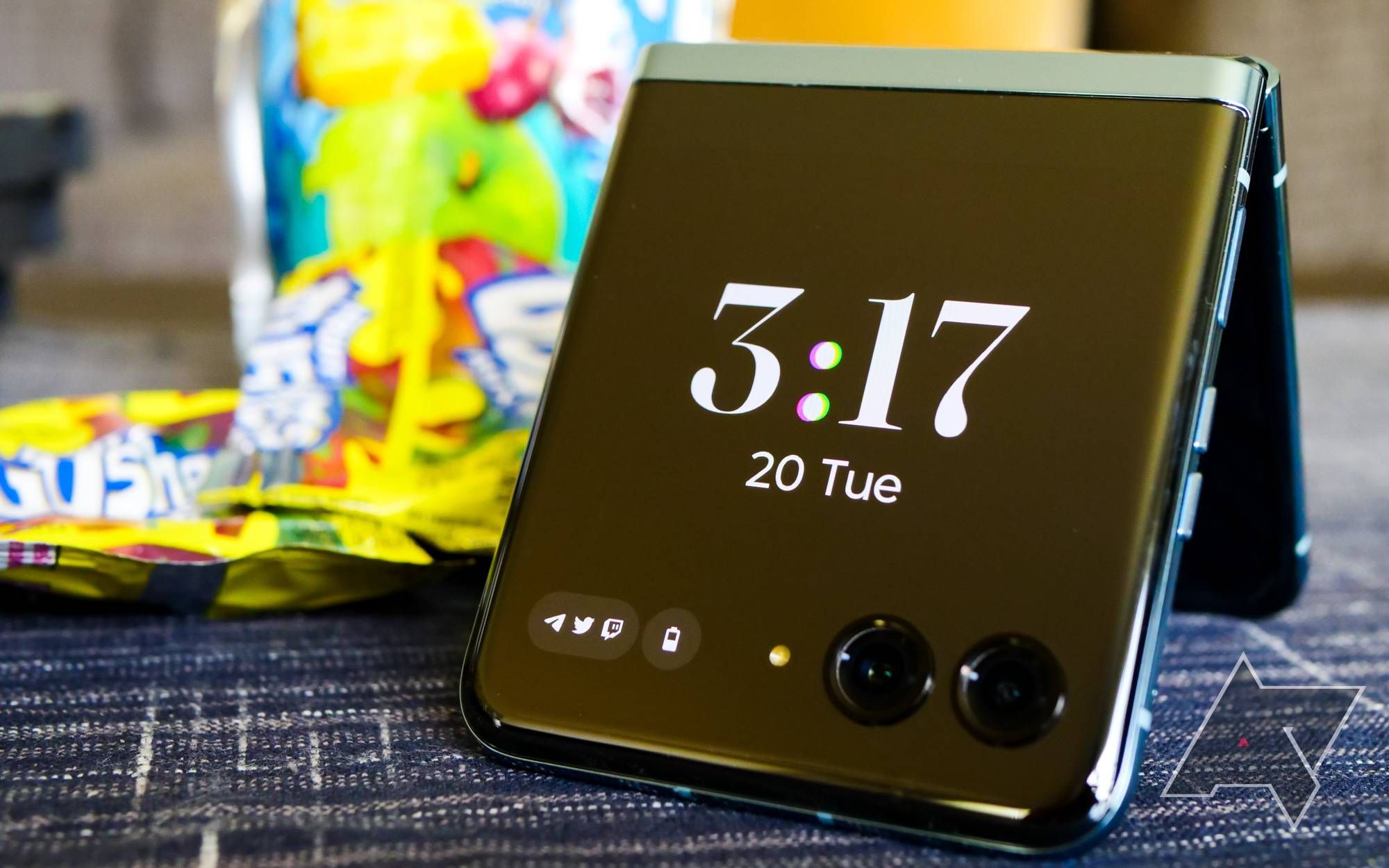
Motorola makes great hardware, but its software still disappoints in 2024
Resetting my phone for a security patch is unacceptable
One last thing about software. As in previous years, Motorola will only give you one OS upgrade and three years of security upgrades. That might’ve been fine when the G-series was first getting started a decade ago, but the Moto G Power has to duke it out with Samsung at virtually all carrier stores, and this is a fight it can’t win. Samsung’s A-series devices promise four OS upgrades with five years of security patches, and you can bet those updates will be a hell of a lot more timely than anything Motorola puts out.
If you don’t have anything nice to say, you shouldn’t say anything at all, so I won’t linger for too long on the camera. I appreciate that Motorola no longer includes a borderline useless 2MP depth sensor meant solely to pack out the specs sheet. Still, neither the primary 50MP f/1.8 lens nor the 8MP f/2.2 ultrawide shooter are worth much of anything. You can forget about low-light photography — even shots taken during the day look overprocessed, washed out, and generally bad.
I think the samples — which also include zoom, ultrawide, and selfie shots — really speak for themselves. The quality of these images borders on unacceptable in 2024, even on budget hardware; I really hope Motorola steps it up next year.
A few more elements of the Moto G Power bugged me. I praised the faux leather finish for its grippiness, but it also feels cheap in a way I don’t think a standard plastic back would have. Motorola claims the phone is “water resistant,” but without an IP rating, I wouldn’t risk much more than your average rain shower. Finally, the haptics on this device feel so mushy that I struggled to use the keyboard before turning off the effect out of disgust. Whenever this phone buzzed in my hand, I felt like I needed to shower.
Should you buy the Moto G Power 5G (2024)?
Short answer: probably not
Even for $300, I struggle to see how I’d recommend the Moto G Power to anyone over the competition. Samsung’s Galaxy A25 5G is sold at the same price as this device, and even just on the software side alone, you’re in for a better ride. If you’re willing to spend a little more than $300, Motorola’s own Edge from 2023 is constantly on sale for just $350, and from its display and processor to a much cleaner software experience, it’s the better buy. And at $500 — $400 with any trade-in — the OnePlus 12R runs absolute circles around this phone.
Motorola might’ve been a pioneer in making budget Android phones that were actually usable, but the landscape has changed a lot in the past decade. If Motorola wants any informed buyer to actually use a phone like the Moto G Power 5G (2024), it’s going to have to try a little harder than this.

Moto G Power 5G (2024)
The Moto G Power (2024) is Motorola’s latest battery-focused budget smartphone. It’s got plenty going for it, including a large 6.7-inch 120Hz display, a beefy battery, and fast wired and wireless charging. At $300, it’s got plenty of competition, but it might be enough to convince some buyers to pick it over similar devices from Samsung.


